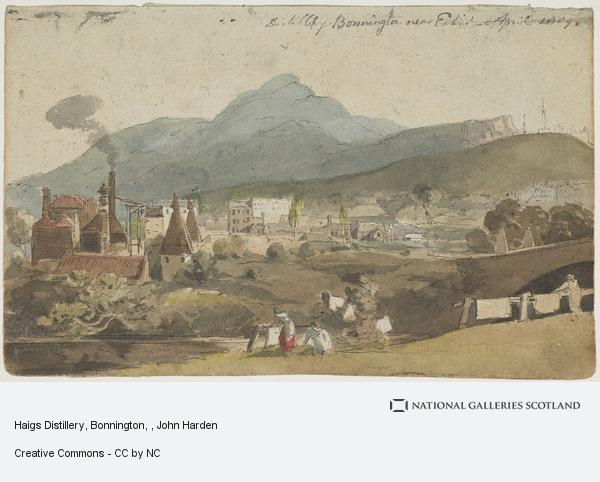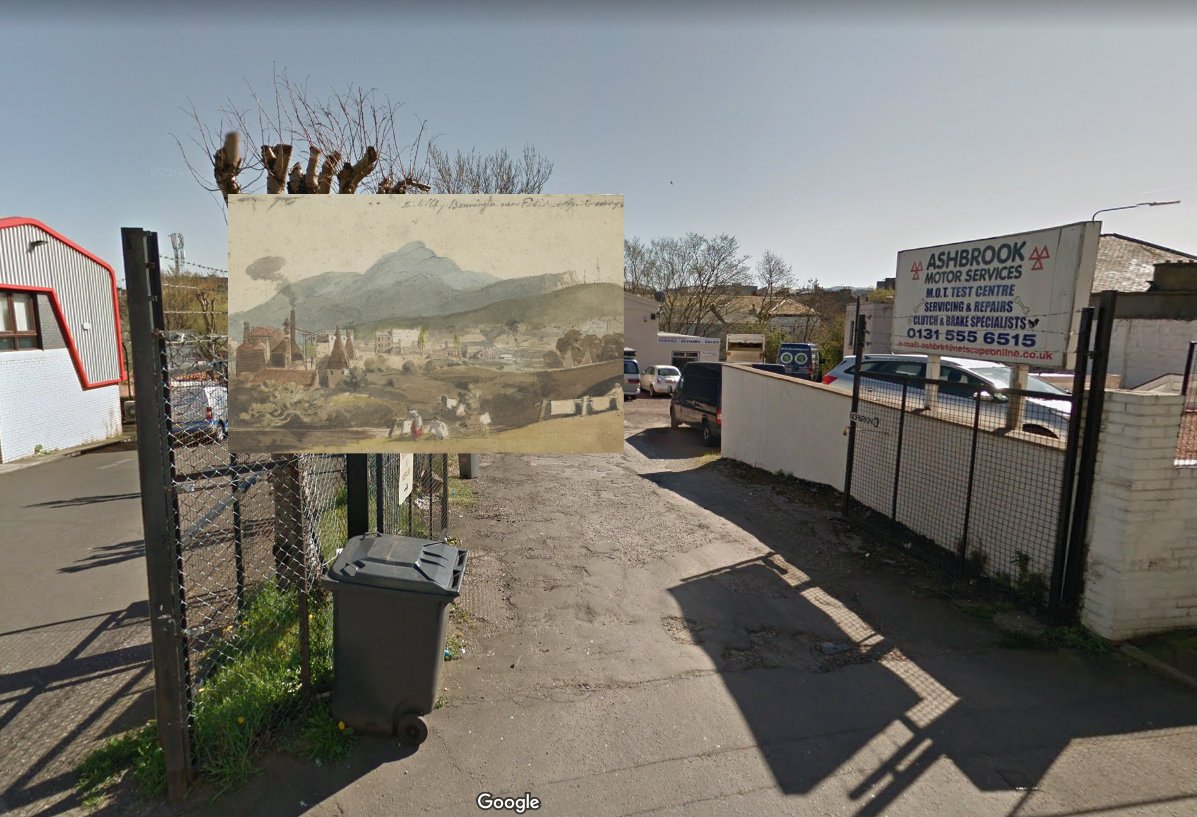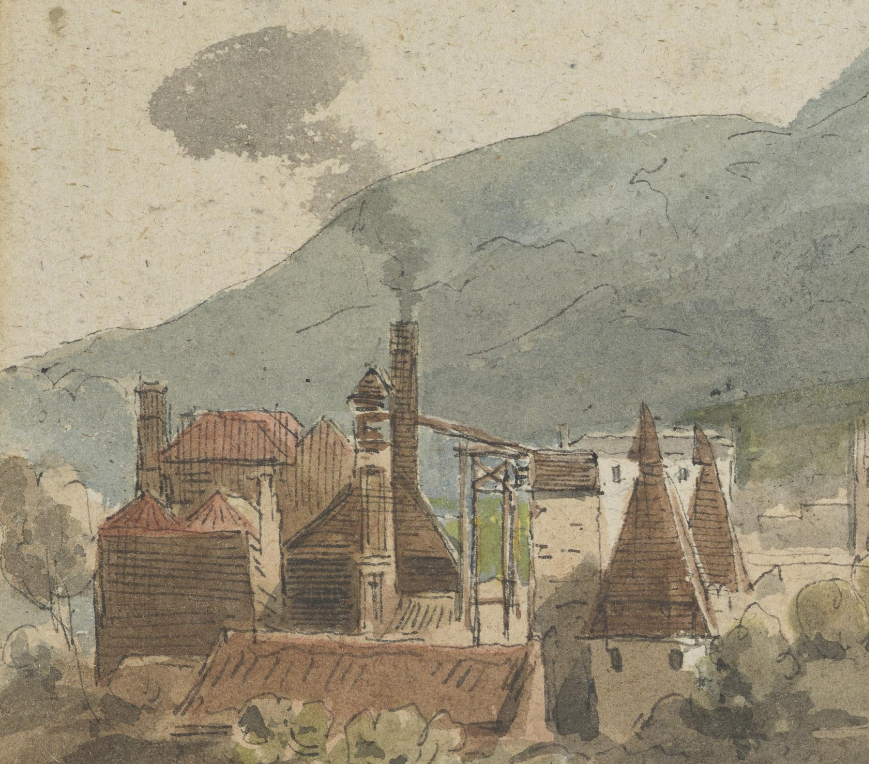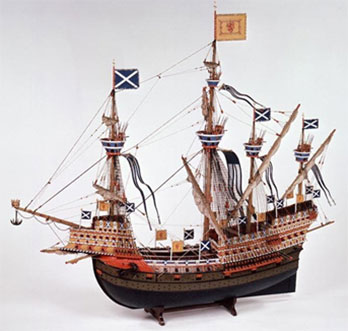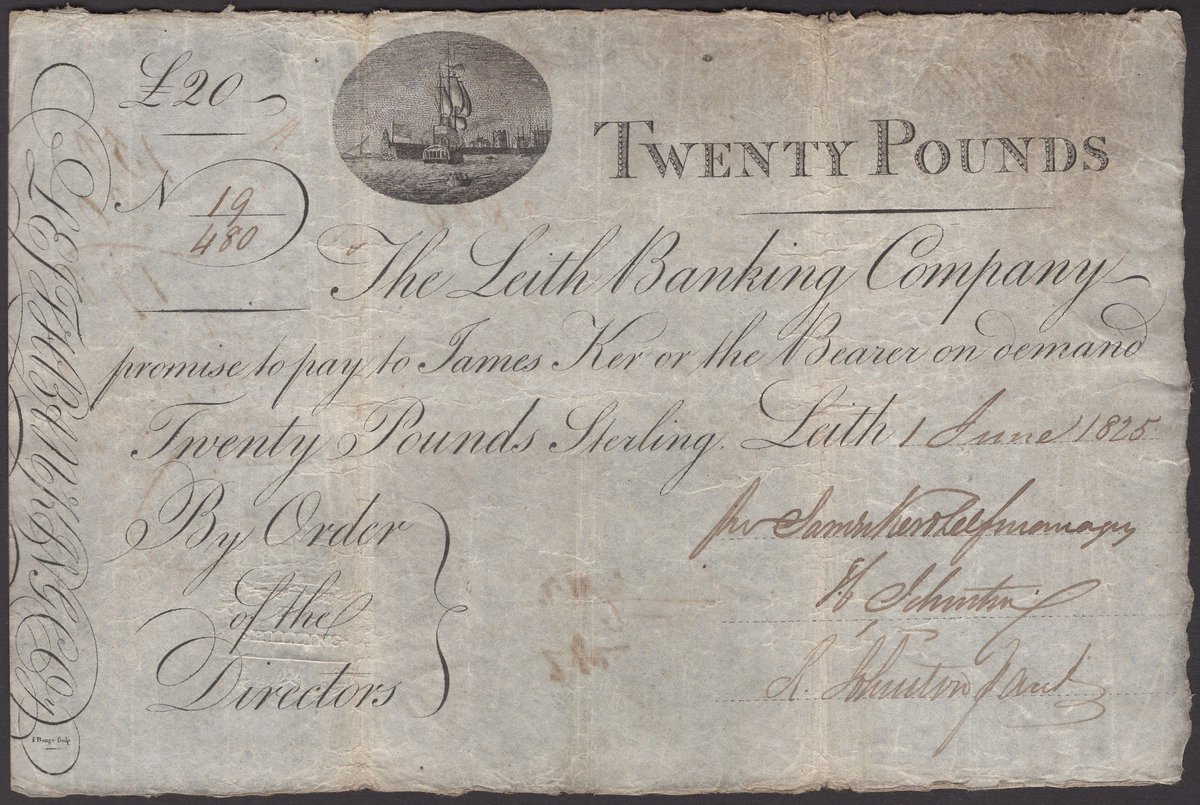
I'm assuming there are magazines that actually recommend painting, papering and draping everything in only grey and white. 







I thought hard about whether to bother about this. But it's just incredible. That poor fruit bowl, fighting hard but thoroughly losing the battle to brighten the place up. 



The usual spare room, where you fling the stuff you don't want visitors to see. Like things that aren't grey. And colours. 

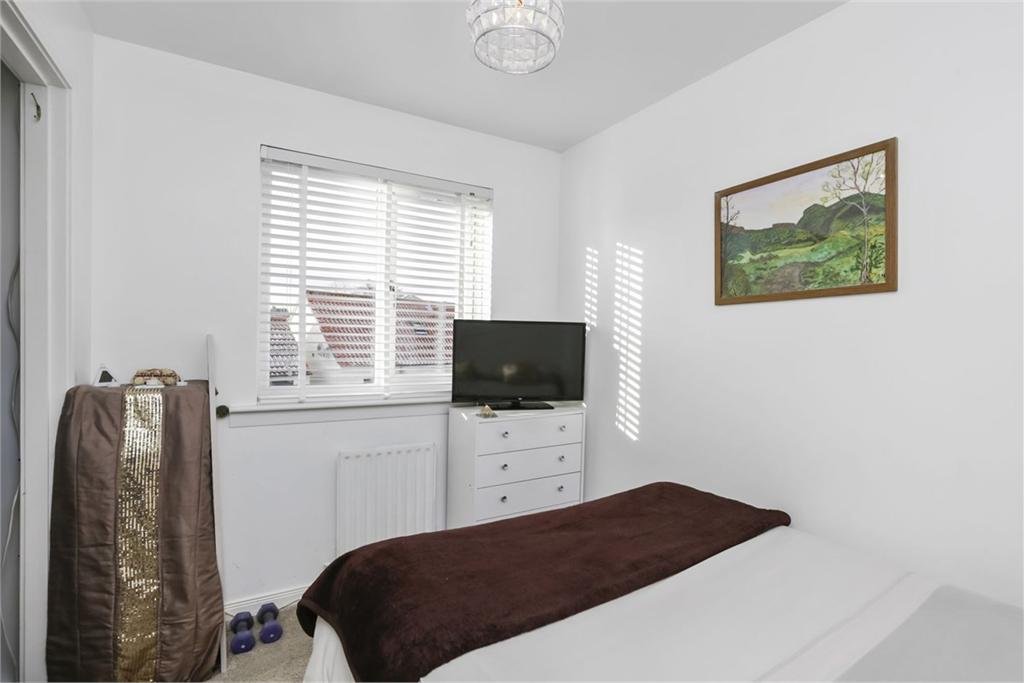

If you get tired of sitting infront of the big screen telly in either of the two downstairs sitting rooms for being too grey, or not grey enough, you can always retreat to your upstairs grey sitting room with a big telly 

It's a relief to step back outside to the riot of colour that is brown brick and pebbledash, brown tiles, brown window frames, brown fencing and shed and brown monoblock. 

• • •
Missing some Tweet in this thread? You can try to
force a refresh












